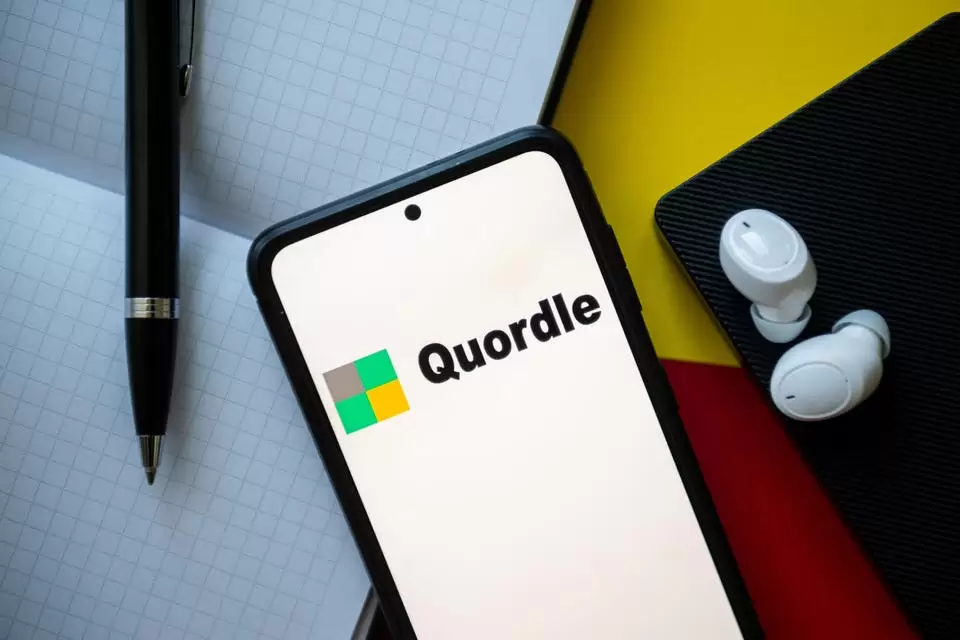With Auracast, Bluetooth’s About To Get A Whole Lot Better
Share- Nishadil
- January 11, 2024
- 0 Comments
- 3 minutes read
- 34 Views

With Auracast, Bluetooth’s About To Get A Whole Lot Better
A new Bluetooth technology called Auracast is set to deliver a huge improvement to audio in public spaces, with products being launched at CES 2024.
Auracast is set to massively improve Bluetooth audio A new Bluetooth technology called Auracast is set to deliver a huge improvement to audio in public spaces, as well as the home. Auracast was first announced in 2022 , but products are now beginning to arrive on the market here at CES 2024 in Las Vegas.
The new technology will allow: Bluetooth devices such as headphones and smartphones will need Auracast hardware to benefit from the new technology, but a spokesperson for the Bluetooth Special Interest Group said that he expected widespread hardware support from manufacturers in the coming months, suggesting its likely to become a standard feature.
Not all equipment will need to be replaced to benefit from Auracast, however. For example, TVs can be fitted with transmitter dongles, costing approximately $50, to broadcast their audio via Auracast. PCs and laptops can also use cheap plug in dongles, similar to those used for Bluetooth mice and keyboards, in order to broadcast.
Auracast Benefits Auracast’s biggest benefits are likely to be felt in public spaces. In a sports bar showing different football games on different TV sets, customers will be able to select the commentary from the game they wish to watch, for instance. Auditoriums putting on speeches or performances could offer live translations in different languages.
The technology has no limit on the number of people who can receive the broadcast audio and transmitter equipment can deliver the signal over distances of up to 100m. In my demonstration of the technology at CES, there was only very slight latency on the broadcast audio, meaning listeners won’t suffer from lip sync issues.
The technology also has huge potential benefits for people with hearing problems. In airports, for example, broadcast announcements can be tailored for a particular flight or gate, meaning passengers can hear when their flight is being called without struggling to hear over the cacophony of other noise and announcements in the terminal.
In a similar vein to satnav announcements, Auracast announcements will be able to interrupt whatever the traveler is currently listening to, meaning they don’t have to remain permanently connected to the airport’s audio feed, but can listen to music or other audio. Several manufacturers have already announced transmitters, speakers and headphones that support the Auracast standard.
JBL, for example, has announced Auracast support for its Xtreme 4, Clip 5 and Go 4 products here at CES. The real litmus test for the technology will be if and when it gathers support from Apple, Samsung and the other major smartphone manufacturers. Although even if the phone itself doesn’t support Auracast, connected headphones that do will still be able to receive broadcasts, and vice versa..
Disclaimer: This article was generated in part using artificial intelligence and may contain errors or omissions. The content is provided for informational purposes only and does not constitute professional advice. We makes no representations or warranties regarding its accuracy, completeness, or reliability. Readers are advised to verify the information independently before relying on







